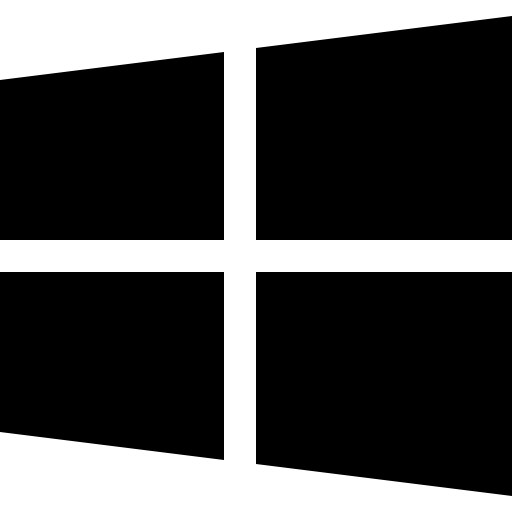Parliamentary proceedings are structured to maintain order and ensure that legislative discussions and decision-making processes are efficient and fair. There are several devices (tools or methods) used within parliamentary proceedings to facilitate debate, voting, and decision-making. These devices are designed to ensure the smooth functioning of Parliament, uphold democracy, and provide a platform for both the ruling party and the opposition to voice their opinions.
Here are some of the key devices used in parliamentary proceedings:
1. Questions and Question Hour
-
Purpose: The primary purpose of the question hour is to hold the government accountable for its actions and policies. It gives MPs (Members of Parliament) the opportunity to ask questions about various issues, including government policies, decisions, and specific actions taken by government departments.
-
Types of Questions:
- Starred Questions: These require a detailed written answer from the government and are followed by supplementary questions.
- Unstarred Questions: These receive written responses and do not require supplementary questions.
- Short Notice Questions: These require an immediate reply from the government.
2. Motion
-
Purpose: A motion is a formal proposal made by a member of Parliament to debate a specific issue or introduce a piece of legislation.
-
Types of Motions:
- Government Motion: Introduced by a member of the ruling party (government), usually regarding policy issues.
- Private Member’s Motion: Introduced by a member of the opposition or a non-government member. It typically focuses on topics that are important to the public or that require legislative action.
- No-Confidence Motion: A motion to express a lack of confidence in the government. If passed, it may lead to the resignation of the government.
3. Debate
-
Purpose: Debates are a core part of parliamentary proceedings, where members discuss various issues, bills, policies, and motions. Debates allow different political parties and individual MPs to present their viewpoints and opinions.
-
Types of Debates:
- General Debate: A broad discussion on a policy or issue without the expectation of immediate action or voting.
- Special Debates: These are often osrganized to discus urgent national issues, such as security concerns or crises.
4. Voting
-
Purpose: Voting is a crucial mechanism used to decide the fate of bills, motions, or other parliamentary business. It reflects the majority opinion of the members present in Parliament.
-
Methods of Voting:
- Voice Vote: Members express their opinion verbally, and the Speaker or Chairman decides based on the volume of responses.
- Division Vote: A formal vote where members physically divide into "Ayes" or "Noes" to cast their votes.
- Electronic Voting: In modern times, electronic voting systems are used to streamline the voting process and avoid confusion.
5. Adjournment Motion
-
Purpose: An adjournment motion is used to bring the house’s attention to an urgent matter and seek a temporary suspension of normal proceedings. It can be used to debate serious matters like issues of national security, financial concerns, or natural disasters.
-
Rules: This motion needs approval from the Speaker or Chairman, and typically, it can only be discussed if it concerns an urgent and important issue.
6. Adjournment of the House
-
Purpose: This device is used to suspend parliamentary proceedings temporarily or for the day. The Speaker or Chairman may adjourn the house for various reasons, such as to maintain order, allow members to take a break, or allow time for consultations.
-
Types of Adjournments:
- Sine Die Adjournment: When the house is adjourned indefinitely, typically at the end of a session.
- Interim Adjournment: A short break, often lasting for an hour or more.
7. Point of Order
-
Purpose: A point of order is raised by a member to challenge or question whether the proceedings are following the rules of parliamentary procedure. It is usually raised when there is doubt about the legality or appropriateness of something being done in the house.
-
Rules: The Speaker or Chairman will immediately address the point of order and provide a ruling.
8. Calling Attention Motion
- Purpose: This is a motion introduced to draw the government’s attention to a particular issue or incident. It does not necessarily call for a debate but is often followed by a response from the government, which could then lead to further discussions or questions.
9. Censure Motion
- Purpose: A censure motion is used to express disapproval of a government's actions or a particular member's conduct. Unlike a no-confidence motion, it does not lead to the resignation of the government but serves as a reprimand.
10. Budget and Finance Bill
-
Purpose: The Budget is one of the most important documents presented in Parliament. It outlines the government's fiscal policies and economic agenda for the coming year. The Finance Bill is a key document that includes details on taxation and government expenditure.
-
Procedure: The Budget is presented by the Finance Minister, followed by debates and discussions. It is subject to voting and approval by the Parliament.
Conclusion
The devices of parliamentary proceedings are essential for maintaining order, ensuring accountability, and facilitating the democratic process. They help regulate debates, voting, and discussions, ensuring that the legislative process is transparent and efficient. By using these devices, Parliament ensures that various perspectives are heard and that decisions are made in the best interests of the people.
Each device plays a role in strengthening the framework of Indian democracy and providing a platform for open discourse and decision-making.

-1721391937657.png)

